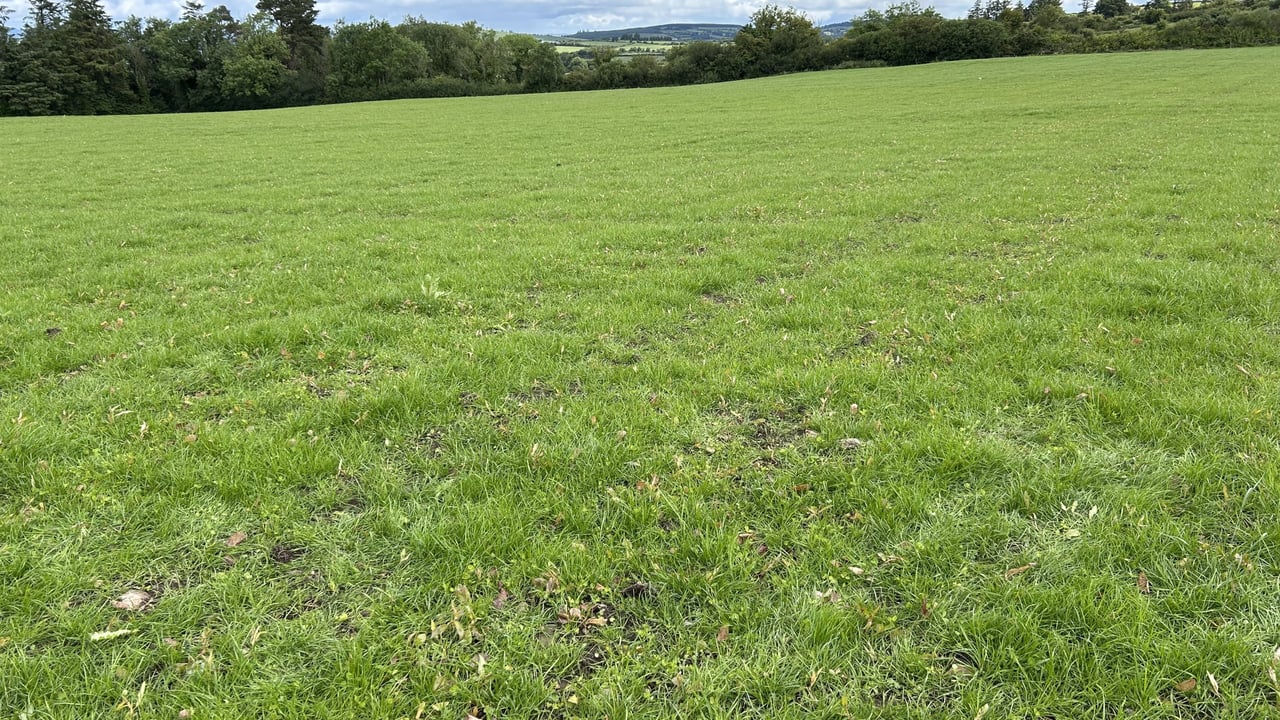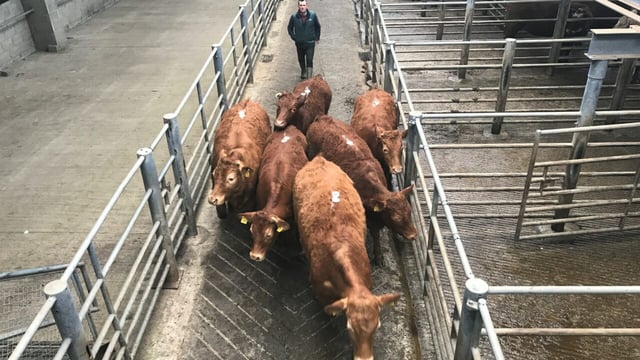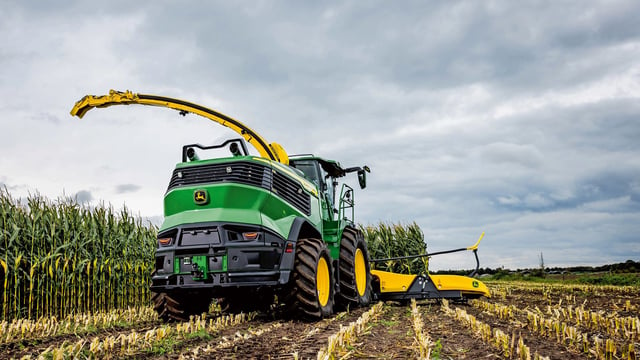Many early spring reseeds ready to be grazed in coming days
Many early spring reseeds did not get the best start to life after a very dry late April and into May, which left a soil moisture deficit on many farms.
This meant that these reseeds found it difficult to get going, as moisture is an essential element for seed germination and growth of new seedlings.
Moisture in the soil also plays a crucial role for roots to grow and anchor the plants to the soil, and to promote that soil seed contact.
The soil moisture deficits towards the end of May saw a lot of farmers get out with soiled water or watery slurry at about 2,000-3,000 gals/ac to aid germination and seed establishment, as well as supplying the plant with nutrients.
The weather in April offered farmers a great chance to get reseeding done, and thankfully many were able to do so. The rain in the last two weeks should have recovered a lot of reseeds across the country.
Anyone who reseeded around early to mid-April will be ready for grazing very shortly.
The post-reseeding management and first few grazings will be critical for the success of the reseed.
Managing reseeds
Growth rates are beginning to pick up again but with paddocks possibly taken out for silage, farmers will be eager to get reseeds into the rotation as quick as possible.
It is important that the right steps are taken to successfully graze and establish this paddock.
The reseed should be grazed as soon as the new grass roots are strong enough to withstand grazing – this is tested through the ‘pull test’.
If roots are pulled up, it means that the reseed should be left another few days to anchor into the soil.
Grazing as soon as the grass is fit for it will also allow light to reach the base of the plant, which will encourage tillering and clover establishment.
Before the paddock is grazed, the reseed should be sprayed with a post emergence herbicide about 45-55 days after sowing, when the paddock has a cover of around 400-500kg dry matter (DM)/ha.
The first grazing of a reseed can generally commence at a pre-grazing yield of 800–1,000kg DM/ha, which is usually 60-65 days after sowing. It should not be let go any heavier, especially with clover in the sward.
The first grazing should not be about achieving good residuals or maximising cow's intakes but should be about encouraging tillering and encouraging the grass and clover to take up space and to suffocate out any weeds, especially thistles.
Getting it right
Realistically, the paddock is going to sprayed off about 10 days prior to grazing and, when spraying off with clover in the sward, the use of ProClova will kill off docks but will not kill off thistles.
There is currently no effective herbicide that will kill off thistles without impacting clover, so the management of thistles needs to be done through grazing. This will allow for tillering to produce a dense sward to suffocate the thistle.
The first grazing should be done in dry conditions to avoid poaching the paddock. Cutting silage off this paddock should be avoided in the first year, as this will inhibit tillering of grass and clover.
Frequent grazing at low covers during the first year of establishment will allow for further tillering and will bulk up the sward.
The management of clover post-reseeding is essential, as allowing covers to get too high will shade out the clover seedlings.
The management of clover is similar to grass, except grazing should continue at low covers for the first five to six weeks post-sowing.
These paddocks should not be allowed to exceed covers of 1,000-1,100kg DM/ha for at least five to six grazings and they should be grazed late in the final rotation.
Applying chemical nitrogen (N) at the same rate for the first eight to 12 months after sowing is essential, as the clover will not uptake N until then.
After the initial grazing, ideally go in with about 20 units of nitrogen and if you have a phosphorus allowance, go in with about a bag/acre of 18-6-12.











